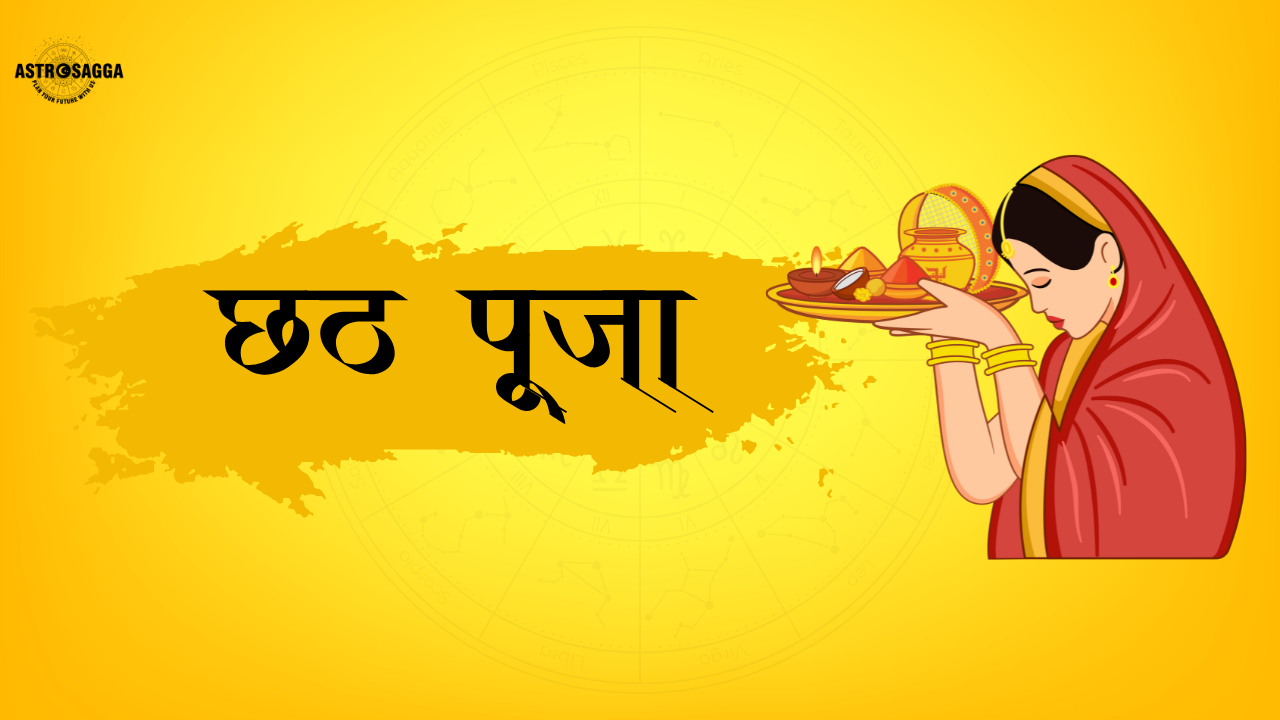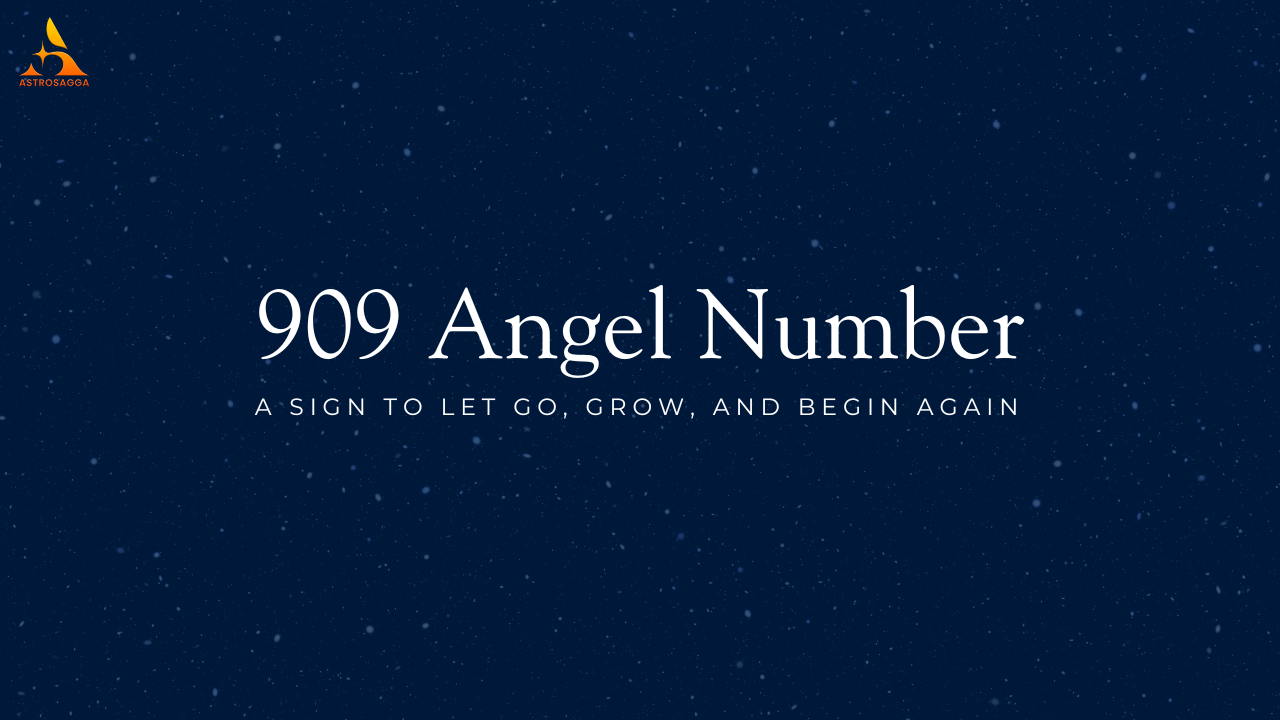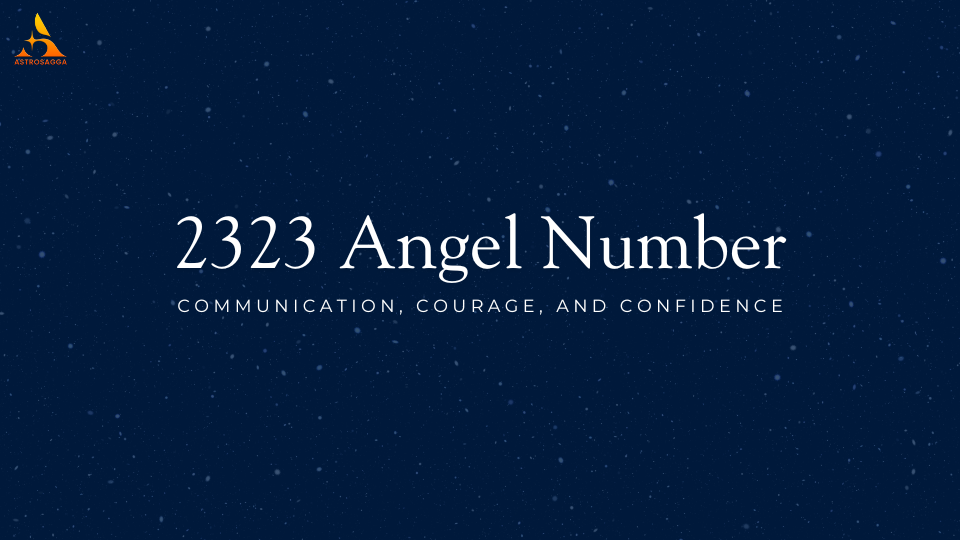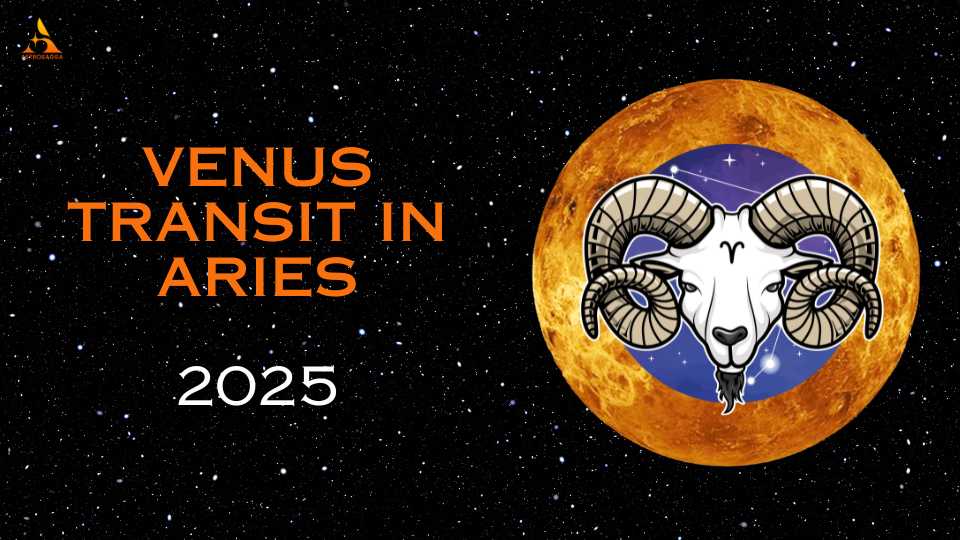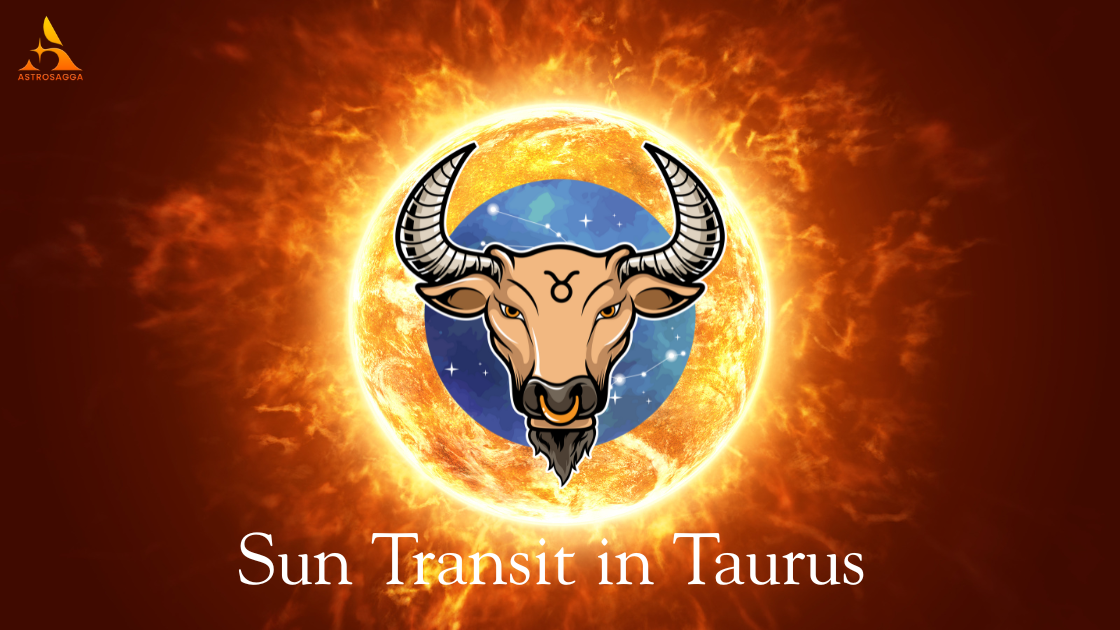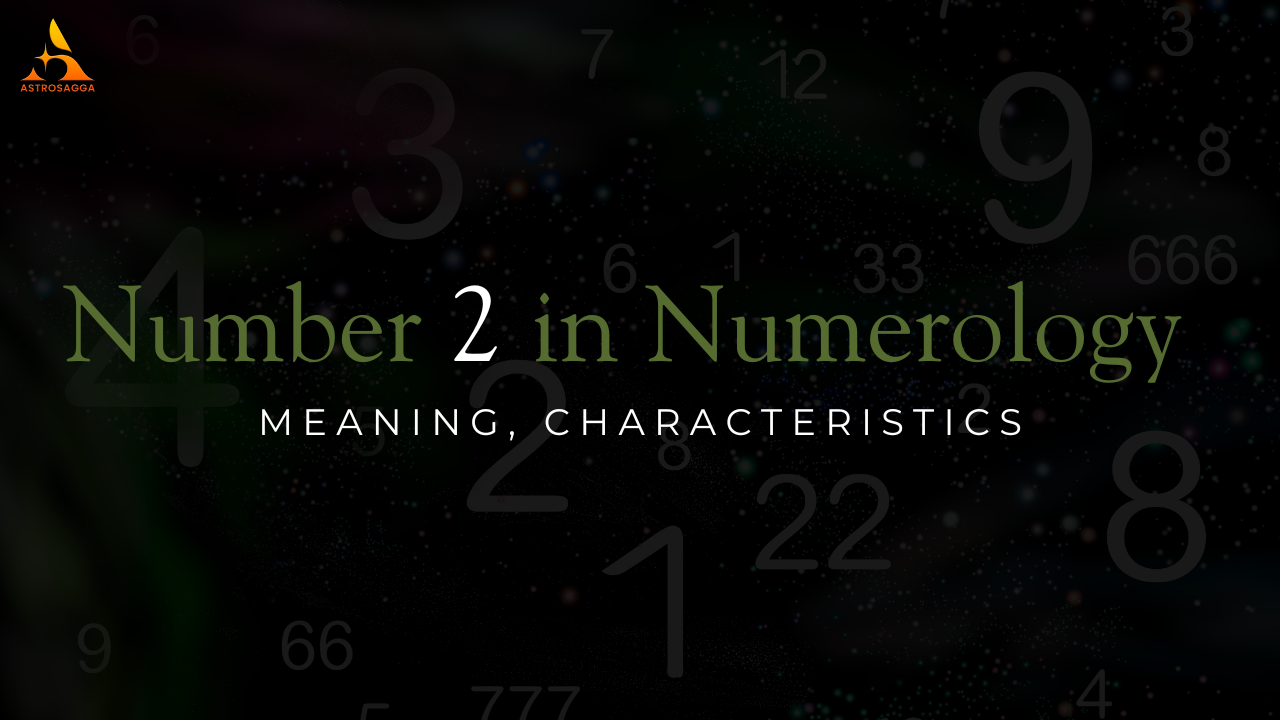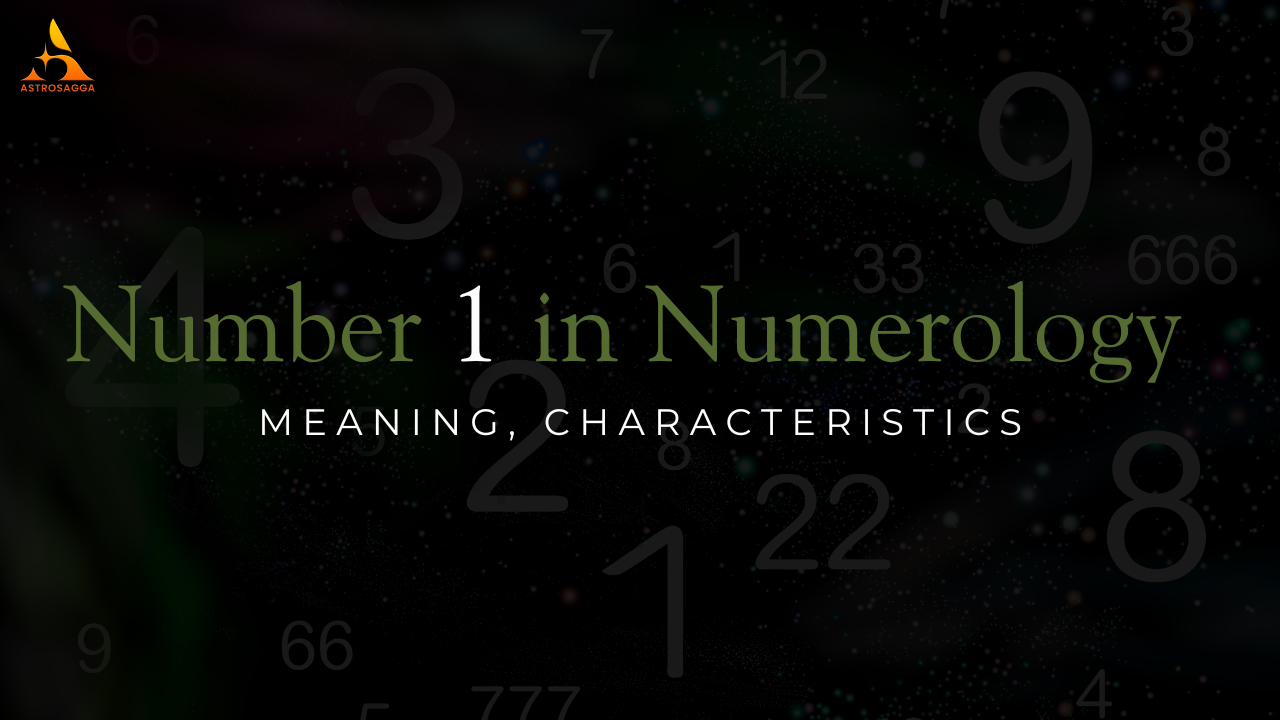Chhath Puja is a revered Hindu festival dedicated to honoring the Sun God (Surya) and Chhathi Maiya (the Mother Goddess), celebrated with profound devotion, rituals, and fasting. Observed in many parts of India, especially in Bihar, Jharkhand, Uttar Pradesh, and parts of Nepal, Chhath Puja embodies a deep spiritual connection between humans and nature. Through a four-day-long celebration, devotees express their gratitude for the sun’s life-sustaining energy. This ancient festival involves rigorous fasting, holy baths, and heartfelt prayers, making it one of the most unique festivals in Hindu culture.
In 2024, Chhath Puja will be celebrated from November 5 to November 8, with each day holding a significant place in the sequence of rituals that devotees follow with meticulous care. Let’s explore the festival’s origin, significance, rituals, and each day’s events in detail.
The Origins and Significance of Chhath Puja
The origin of Chhath Puja dates back to ancient Hindu scriptures. It is believed that the rituals of Chhath Puja were practiced by the scriptures figures Draupadi and the Pandavas in the epic Mahabharata. They performed the rituals to alleviate hardships and seek divine blessings. Another prominent story connects Chhath Puja to Lord Ram and Sita, who are believed to have performed the rituals of Chhath Puja upon returning to Ayodhya after 14 years of exile, establishing it as a tradition to worship Surya and seek blessings for their kingdom.
The significance of Chhath Puja lies in worshiping the Sun, which is regarded as the source of all energy and life. The Sun God is revered for promoting health, prosperity, and longevity. Chhathi Maiya, often considered the sister of the Sun God, is also worshiped as a divine figure who grants fertility, health, and protection to children and families. The festival’s unique rituals encourage self-discipline and spiritual cleansing and help devotees reconnect with nature.
Want to know the good and bad times for today? Check AstroSagga for guidance.
A Day-by-Day Breakdown of Chhath Puja 2024: Dates and Rituals
In 2024, Chhath Puja begins on Tuesday, November 5, and concludes on Friday, November 8. Here’s a detailed look at each day, its rituals, and the associated meanings.
Day 1: Nahay-Khay (November 5, 2024 - Tuesday)
Date: November 5, 2024
Day: Tuesday
Tithi: Chaturthi
Sunrise: 06:36 AM
Sunset: 05:33 PM
The festival begins with Nahay-Khay, which translates to “Bath and Eat.” On this day, devotees start their fast and purify themselves both physically and spiritually. The first step is a ritual bath, often taken in holy rivers or other water bodies. This bath is symbolic of washing away impurities and preparing oneself for the days of worship to follow.
After the bath, devotees prepare a simple and pure meal, usually consisting of rice, dal (lentils), and kaddu-bhaji (pumpkin curry). This meal is cooked without any garlic, onions, or spices to maintain purity and is shared among family members. Devotees consume this meal as their only food for the day, marking the beginning of their dedication to the Sun God.
Nahay-Khay serves as a day of mental preparation, helping devotees transition from regular life to the disciplined and devotional path of Chhath Puja.
Day 2: Lohanda and Kharna (November 6, 2024 - Wednesday)
Date: November 6, 2024
Day: Wednesday
Tithi: Panchami
Sunrise: 06:37 AM
Sunset: 05:32 PM
The second day, known as Lohanda and Kharna, is marked by an intense fast observed from sunrise to sunset. This day represents the beginning of a more rigorous phase of fasting, where devotees abstain from food and water throughout the day. Lohanda means "the day of cleansing," and it symbolizes mental and spiritual purity.
In the evening, devotees prepare for Kharna, a ritual that involves breaking the fast with a meal of kheer (a sweet rice pudding made with jaggery), rice, and chapati (flatbread). The food prepared for Kharna is considered prasad (sacred offering) and is consumed with reverence.
Kharna marks the last meal before the 36-hour fast that continues until the final day. From this moment onward, devotees neither consume food nor drink water until they offer prayers to the rising sun on the final day of Chhath Puja. This rigorous fast demonstrates their dedication and purity, marking a significant spiritual step.
Day 3: Chhath Puja, Sandhya Arghya (November 7, 2024 - Thursday)
Date: November 7, 2024
Day: Thursday
Tithi: Shashthi
Sunrise: 06:38 AM
Sunset: 05:32 PM
Shashthi Tithi Start: 12:41 AM, November 7
Shashthi Tithi End: 12:34 AM, November 8
The third day of Chhath Puja, known as Sandhya Arghya (Evening Offering), is the most important day of the festival. Devotees gather along riverbanks, ponds, or water bodies with baskets filled with offerings for the Sun God. These baskets, often made of bamboo, contain fruits, thekua (a traditional sweet made from wheat flour, jaggery, and ghee), and other offerings.
As the sun sets, devotees stand waist-deep in the water and offer "Arghya," or holy water, to the setting sun. This act of offering is an expression of gratitude and respect to the Sun God for the warmth and light provided throughout the day.
The Sandhya Arghya ceremony creates a deeply spiritual atmosphere with family members, friends, and communities joining together in songs, hymns, and prayers. Traditional songs are sung in honor of Chhathi Maiya and the Sun God, strengthening the sense of unity and devotion. This ritual also signifies the harmonious relationship between humans and nature, as devotees express their gratitude for the Sun’s life-giving energy.
Day 4: Usha Arghya, Parana Day (November 8, 2024 - Friday)
Date: November 8, 2024
Day: Friday
Tithi: Saptami
Sunrise: 06:38 AM
Sunset: 05:31 PM
The final day of Chhath Puja is known as Usha Arghya, or the Morning Offering. This ritual is observed at sunrise, marking the end of the four-day festival and the completion of the devotees' fast. Families gather near the riverbank or other water bodies before dawn, preparing to offer prayers to the rising sun.
The offering of Arghya to the rising sun symbolizes new beginnings, renewed energy, and blessings for health and prosperity. Devotees stand in water, facing the Sun as it rises, and present their offerings with reverence. This final prayer concludes the four-day celebration, as devotees break their fast with prasad, which they then share with family, friends, and neighbors.
After the Usha Arghya, devotees distribute prasad, symbolizing the blessings of the Sun God and Chhathi Maiya. This act represents sharing abundance and joy with others, creating a sense of community and togetherness.
Check your birth chart with AstroSagga
The Unique Significance of Chhath Puja Rituals
Chhath Puja stands out for its rigorous fasting, disciplined rituals, and complete dedication to the Sun and nature. Here are some reasons why this festival is considered unique in the Hindu cultural tradition:
Rigorous Fasting and Discipline: Unlike many festivals, Chhath Puja requires devotees to undergo a 36-hour fast without food or water, testing their mental and physical endurance. This level of commitment reflects the spiritual strength and determination of the devotees.
Harmony with Nature: Chhath Puja emphasizes respect and reverence for nature. Rituals are conducted in natural settings near water bodies, underscoring the festival’s connection to environmental preservation and the importance of natural resources.
Family and Community Bonding: Chhath Puja brings families and communities together in a display of shared faith and unity. The ritual of offering Arghya to the Sun is not just an individual act; it’s a collective experience that strengthens communal ties and social harmony.
Health Benefits: The fasting and bathing rituals of Chhath Puja are believed to cleanse the body and mind. Spending time in natural surroundings, abstaining from food and water, and focusing on spiritual practices can have positive effects on both mental and physical well-being.
Celebrating Chhath Puja in Modern Times
In recent years, Chhath Puja has gained popularity even outside its traditional regions, with celebrations held across major cities in India and among Indian communities abroad. Temporary water tanks, ponds, and other artificial water bodies are set up in urban areas to allow devotees to perform the rituals.
The festival is not only celebrated by people of Bihari and Jharkhandi origin but has also garnered widespread appreciation for its values of discipline, purity, and devotion.
Chhath Puja’s timeless appeal lies in its focus on nature, family, and spirituality, which resonate universally. Whether celebrated on riverbanks in rural areas or in makeshift ponds in bustling cities, Chhath Puja serves as a reminder of the importance of respecting and thanking the natural elements that sustain life.
Conclusion
Chhath Puja 2024 is more than just a festival; it’s a spiritual journey that strengthens faith, purifies the soul, and deepens our connection with the natural world. As millions of devotees prepare to observe this auspicious event, the rituals and prayers reflect not only their personal devotion but also a collective gratitude for life, light, and abundance.
May this Chhath Puja bring joy, health, and prosperity to all who celebrate and serve as a reminder of the simple, powerful ways in which we can honor and cherish the natural forces that sustain us.
Interested in Chhath Puja rituals? Get advice from AstroSagga’s astrologers.


